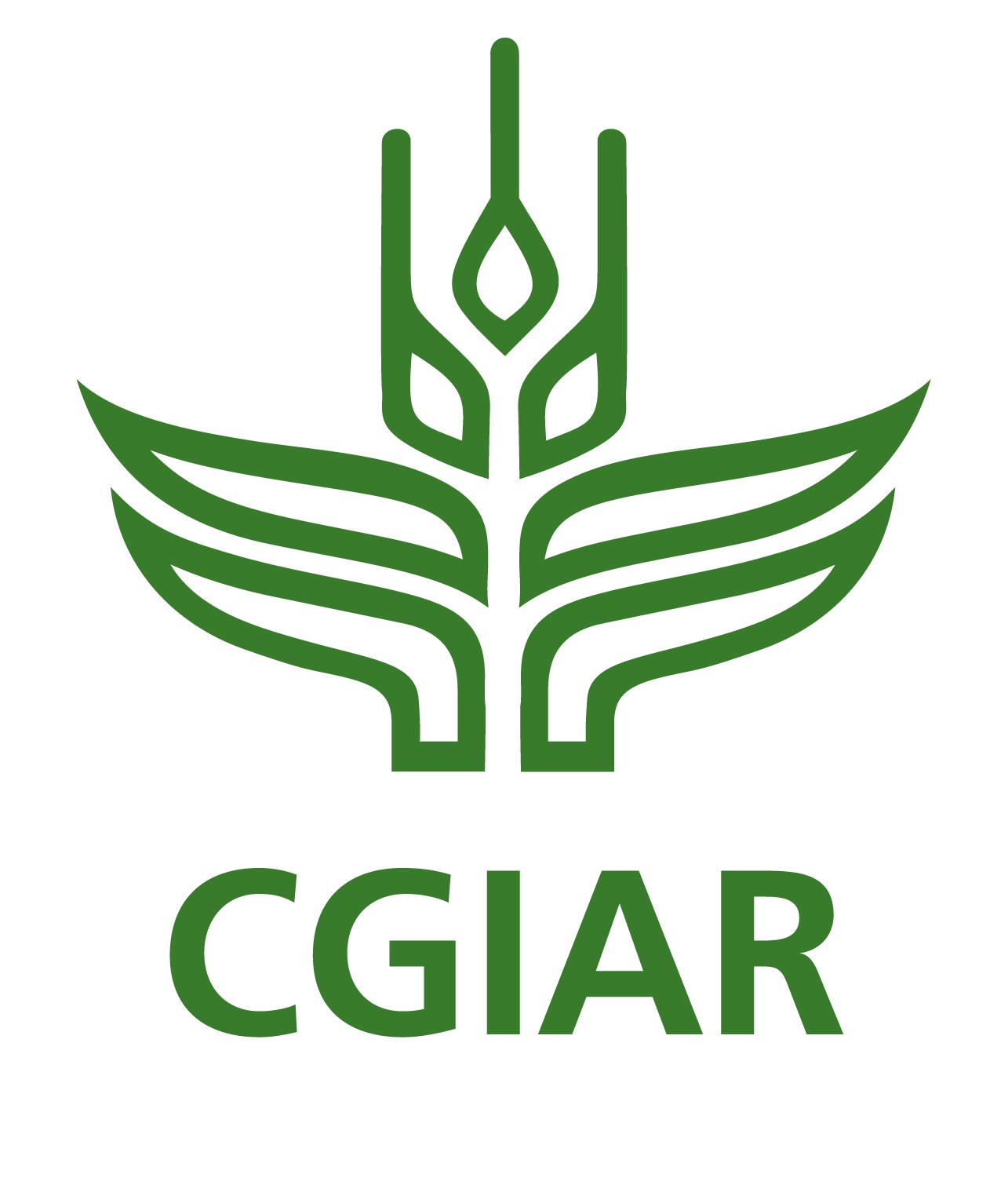Location
US Postal address:
C.I.P./Mexico/ AP # 370
P.O. Box 60326
Houston TX 77205 U.S
CIMMYT works throughout the developing world to improve livelihoods and foster more productive, sustainable maize and wheat farming. Our portfolio squarely targets critical challenges, including food insecurity and malnutrition, climate change and environmental degradation.
Through collaborative research, partnerships, and training, the center helps to build and strengthen a new generation of national agricultural research and extension services in maize- and wheat-growing nations. As a member of the CGIAR System composed of 15 agricultural research centers, CIMMYT leads the CGIAR Research Programs on Maize and Wheat, which align and add value to the efforts of more than 500 partners.
Turning research into impact
- By conservative estimates, this work provides at least $2 billion in annual benefits to farmers.
- CIMMYT alumni include a Nobel Peace Prize laureate and three World Food Prize winners.
- CIMMYT’s success depends on the longstanding partnerships and trust of public agricultural research systems, private companies, advanced research institutes and academia, and non-governmental and farmer organizations.
- More than 70 percent of the wheat grown in developing countries and more than 50 percent of improved maize varieties derive from CIMMYT breeding materials.
- More than 10,000 scientists have trained at CIMMYT and gone on to become leaders in their own countries. The center empowers thousands of students, extension workers and farmers through courses, workshops and field days.
Members:
Resources
Displaying 21 - 25 of 38Adoption of maize conservation tillage in Azuero, Panama
An aggressive research and validation program launched in 1984 in Azuero, Panama, yielded a recommendation advocating zero tillage for maize production. Ten years later, maize farmers in Azuero use , land preparation methods: conventional tillage, zero tillage, and minimum tillage (an adaptation of the zero tillage technology). This study aimed to quantify the adoption of a zero and minimum tillage for maize in Azuero; identify factors influencing adoption of the different land preparation practices; and analyze the implications of the findings for future maize research and extension.
Adoption and use of improved maize by small-scale farmers in Southeast Guatemala
This report is based on a study of the adoption and use of improved open-pollinated varieties and hybrids by small-scale farmers in the Department of Jutiapa, Guatemala. The majority of maize producers in Guatemala are small-scale subsistence farmers. Approximately 60% of the basic grains produced in the country are grown on farmers that are too small to satisfy the basic nutritional needs of a typical family (5-6 persons). Increasing yields through the use of new technologies is seen as a critical step to ensuring adequate nutrition and increasing farmer income in the area.
Maize production and agricultural policies in Central America and Mexico
This paper reviews trends in maize production and consumption in Central America and Mexico in the context of the political and economic changes taking place in the region since the 1970's. The authors focus on the effects of the structural adjustment programs in the 1980's and 1990's. The analysis begins by reviewing the economic context in which maize production occurs in the region and the main economic policy instruments affecting the maize economy.
Adoption of maize conservation tillage in Azuero, Panama
An aggressive research and validation program launched in 1984 in Azuero, Panama, yielded a recommendation advocating zero tillage for maize production. Ten years later, maize farmers in Azuero use , land preparation methods: conventional tillage, zero tillage, and minimum tillage (an adaptation of the zero tillage technology). This study aimed to quantify the adoption of a zero and minimum tillage for maize in Azuero; identify factors influencing adoption of the different land preparation practices; and analyze the implications of the findings for future maize research and extension.
A regional analysis of maize biological diversity in Southeastern Guanajuato, Mexico
Four environments with contrasting potential for agricultural productivity and infrastructure development were identified in Guanajuato State, Mexico, to test hypotheses about the relationship of maize biological diversity to the region's potential for agricultural productivity and infrastructure development. Samples of all types of maize grown by a random sample of farmers were collected from each environment. The maize samples were classified by race, racial mixture or type of "creolized" or improved variety.



